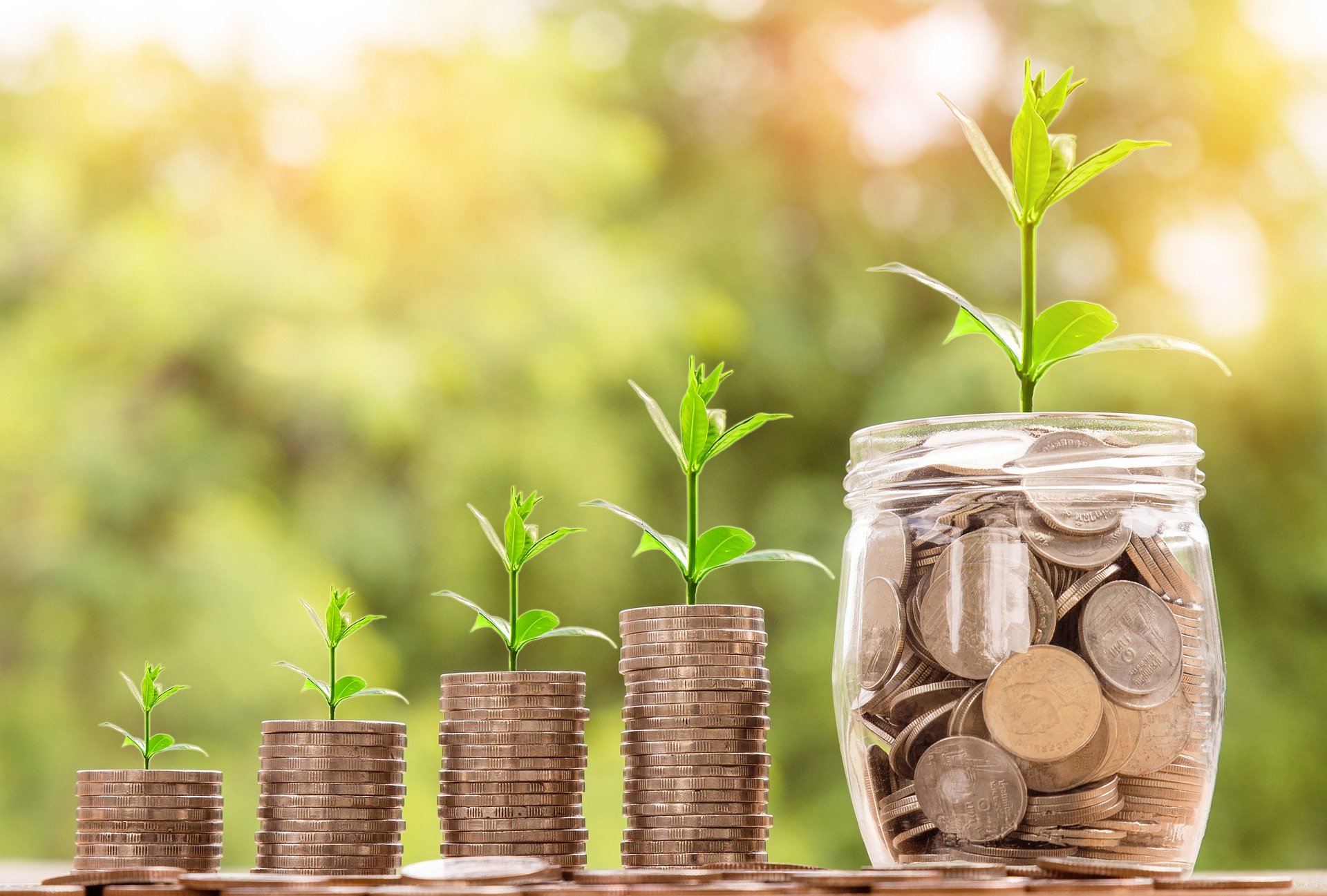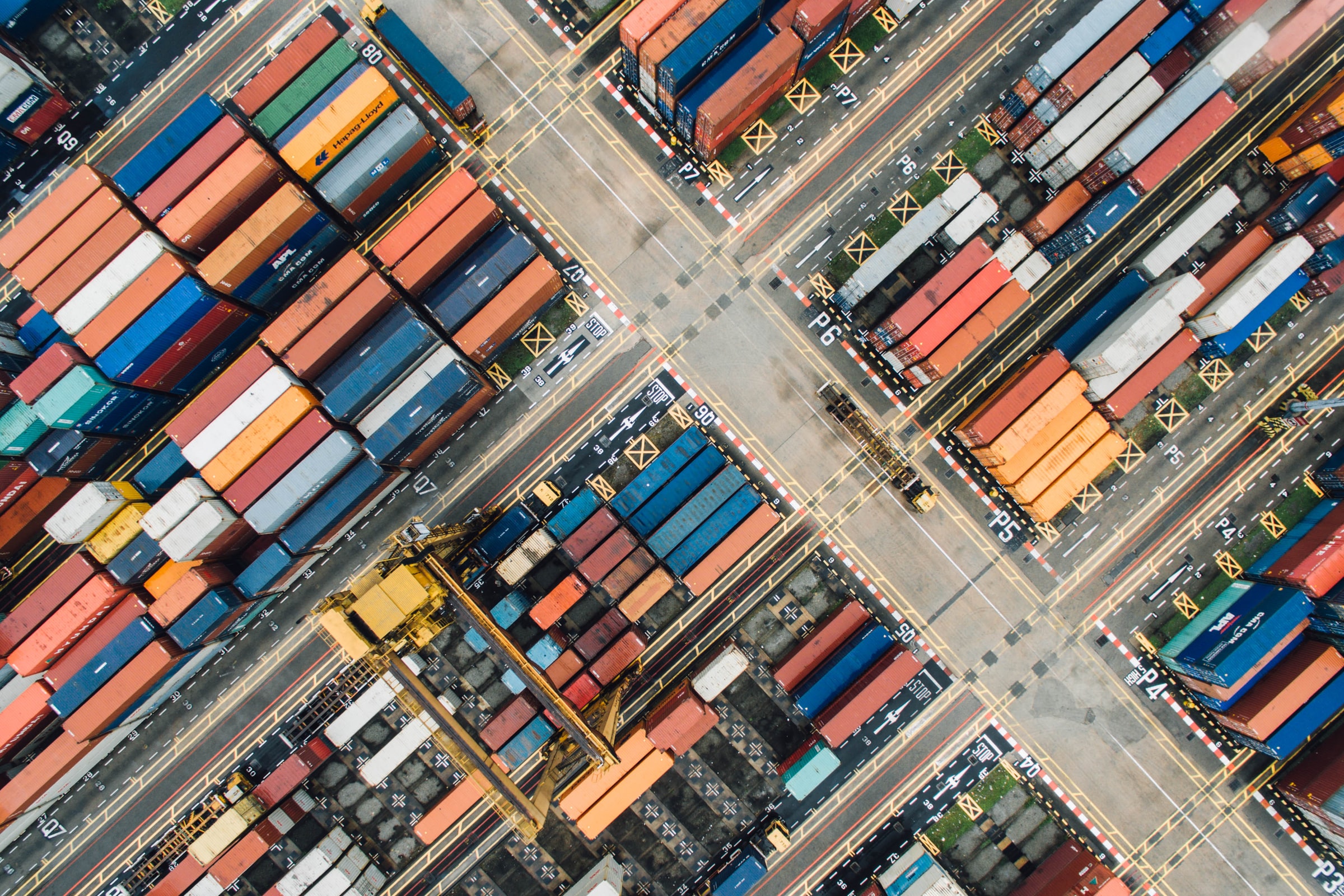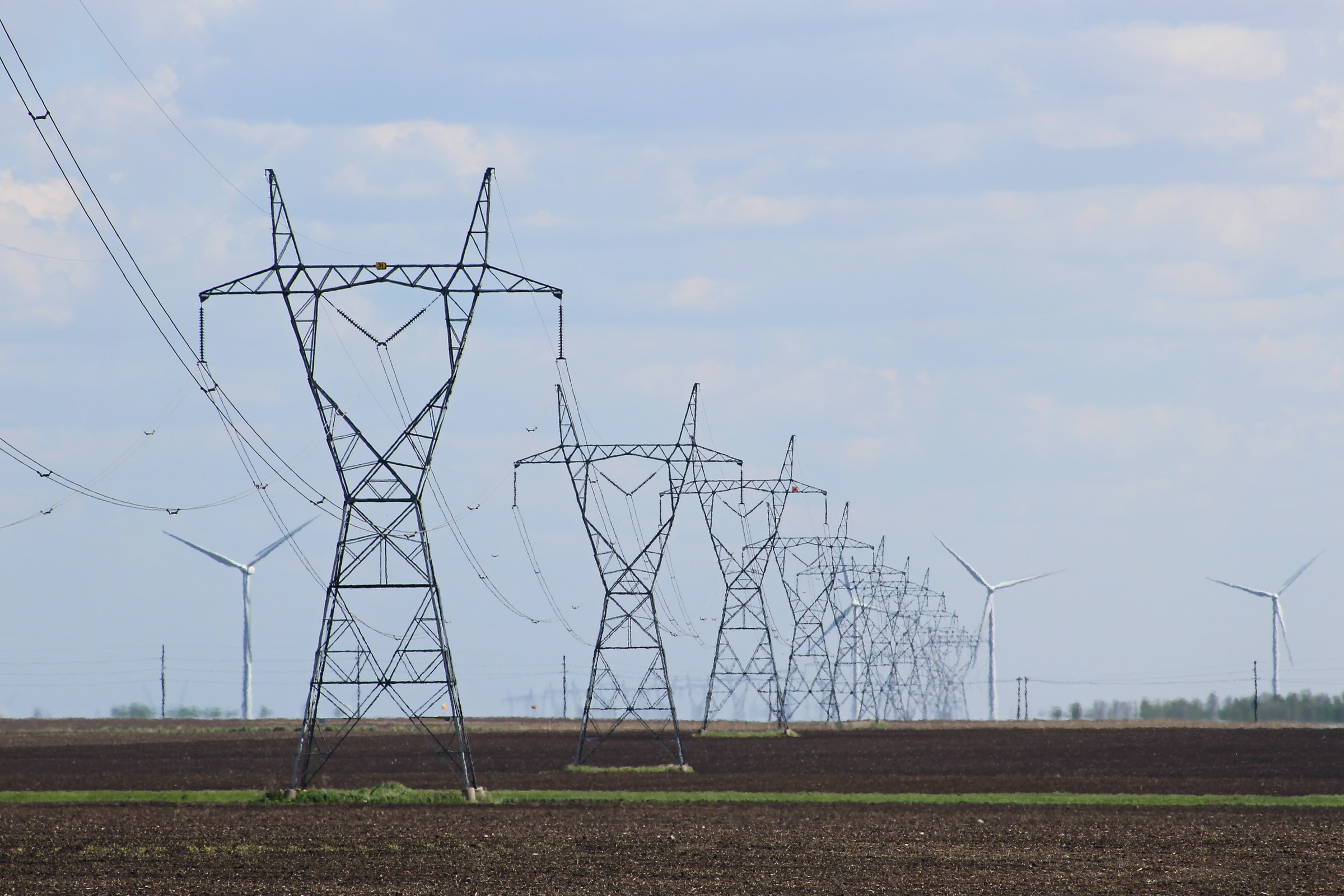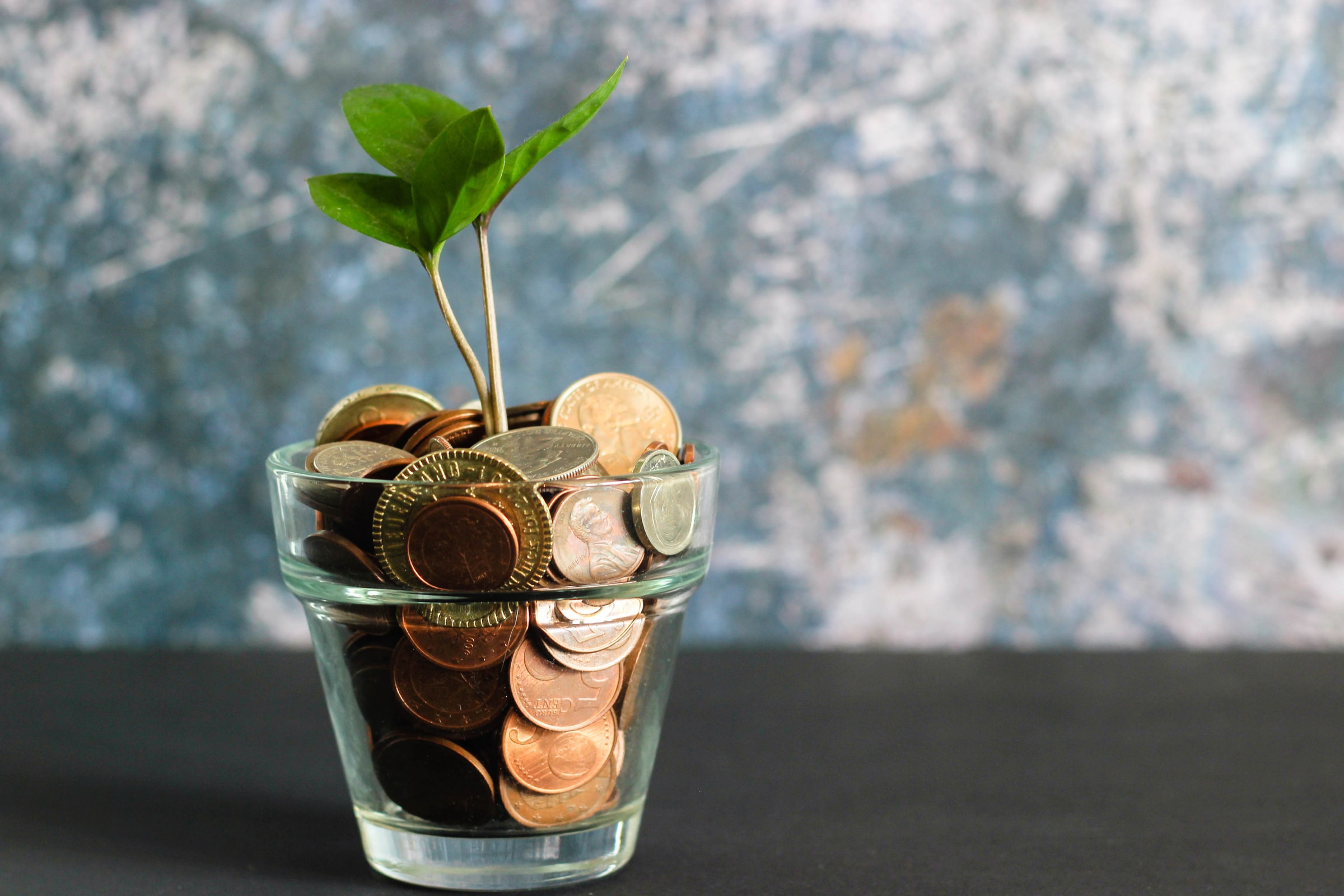Triple wins for businesses via industrial symbiosis: cost savings, environmental benefits, and social impact

Triple wins for businesses via industrial symbiosis: cost savings, environmental benefits, and social impact
Companies strive to be efficient in both economic and material capacities. The best way to achieve efficiency is to partner with other companies in turning waste into a resource.
Subramanian, K, Chopra, SS, Ashton, WS. Capital-based life cycle sustainability assessment: Evaluation of potential industrial symbiosis synergies. J Ind Ecol. 2021; 25: 1161– 1176. https://doi.org/10.1111/jiec.13135
In nature, two very different species, like bees and flowers, accomplish synergy through “symbiosis”. Meaning, when they work together, they reap benefits larger than the sum of their individual rewards. As bees gather nectar, they also pollinate flowers, thereby benefitting both. The human equivalent of this synergy is Industrial Symbiosis (IS), where one company’s trash becomes a resource for another.
Like many other human activities, IS impacts the surrounding environment. The ideal IS partnership benefits the environment, as well as the economy and society, by saving energy, reducing water and material consumption, and minimizing waste disposal. However, it can be difficult to determine if a potential IS partnership will support long-term sustainability.
In a study published in Journal of Industrial Ecology, researchers Subramanian et al. from the University of Hong Kong and the Illinois Institute of Technology developed a framework to analyze which potential IS partnerships will have the most desirable ecological and economic impacts in the long-term. The study evaluated a Chicago bread factory with an active IS partnership using a life cycle sustainability assessment (LCSA). An LCSA is an analysis of the ecological, social, economic costs and benefits a product offers throughout its lifetime. They explored three potential fuel usage scenarios - wood, biobricks, and biogas - to help the bread factory selects the most sustainable fuel for baking.
Within the LCSA framework, the authors considered a wide range of social factors and their consequences, rarely addressed in previous research. Subramanian et al. defines sustainability as the preservation of capital resources that future generations need to survive. The authors scored the sustainability of each fuel type based on eight types of capital: human, natural, manufactured, social, digital, political, cultural, and financial. According to Subramanian et al. rather than degrading those capital resources, companies can use the LCSA framework to discover strategies to renew and sustain them.
The LCSA found biogas is the most sustainable fuel by most capital metrics, followed by biobricks and then wood. Wood scored the highest in all capital metrics. The LCSA also found that baking bread with anaerobic digester biogas is more sustainable than using biobricks manufactured from on-site by-products or wood collected off-site. This research reveals how to recognize a compelling IS, based on its ability to preserve key resources for future generations. CEOs can use the capitals approach to LCSA as a holistic tool to evaluate which processes would provide the best impact.
By applying the capitals approach to a life cycle sustainability assessment, CEOs can make their products more sustainable and identify other businesses that they can enter an IS with. The easy-to-understand metrics and total score can be used to determine the least-cost, environmentally-friendly, and most effective social impact partnership that can be found. Ultimately, the capitals-based LCSA framework can help companies prepare for the future through efficient use of resources. Most importantly, it can help identify the best strategies to achieve a more sustainable and equitable future.




